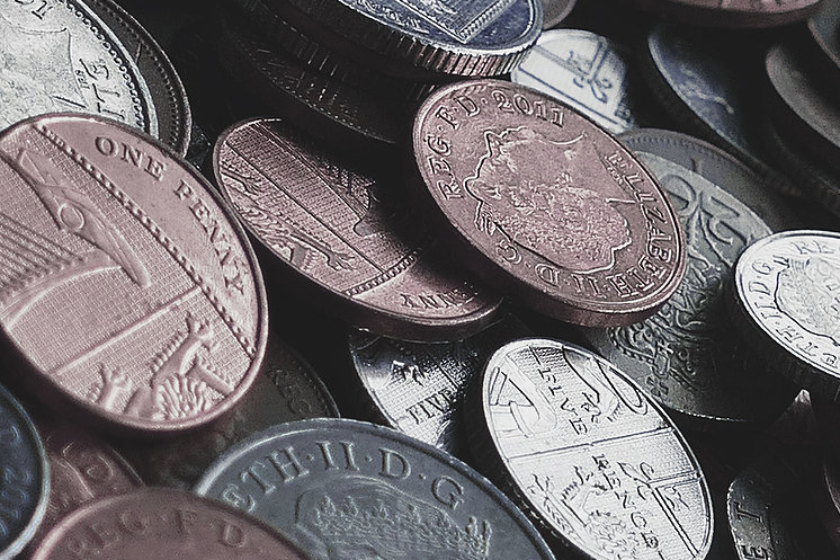Markets were fairly flat Friday as investors waited for second quarter US economic growth data. As we expected we saw some much needed excitement with US economic growth increasing significantly for the second quarter as GDP rose by 4.1%. The interesting aspect of this number was that it’s the first time it’s published above 4.00% since 2014. The first quarter GDP increased 2.2%. President Trump will claim a win for Trump policies even though the figure could be revised lower. We will certainly hear more on this from Trump with several media outlets recapping on the comments made when Trump said he would create more than 3% economic growth in the economy when he was elected. Hear are a couple: “Democrat elites said President Trump’s policies would throw the US into recession”, “They said a 4.0% GDP rate was impossible. It was a thing of the past”. The New York Times- So we are very probably looking at a global recession, with no end in sight”. We are by no means on the Trump wagon here but one can’t ignore the USA is on schedule for their best economic year in well over a decade. The greenback ended the week higher than most of its counterparts with the US Dollar index up slightly to 94.73 after the GDP announcement. Only the EUR was stronger after Draghi delivered a confident future assessment of the Eurozone and Junkier defused any threat of possible trade tensions. Volatility in the currency markets will start to ramp up from Tuesday with a lot of continued focus on global protectionism with global trade. We also have a heap of economic calendar risk especially in the later stages of the week with several central bank decisions to release such as Bank of Japan (BoJ) today, Bank of England (BoE) Thursday with the vote expected to be 8-1 in favour of hiking to 0.75% and also the US Federal Reserve, which are not expected to hike rates this time around until the September meeting. To end the week if this wasn’t enough to rattle your cage we also have US Non-Farm Payroll early Saturday morning. We expect the New Zealand Dollar to retest 0.6760 this week. Read more










